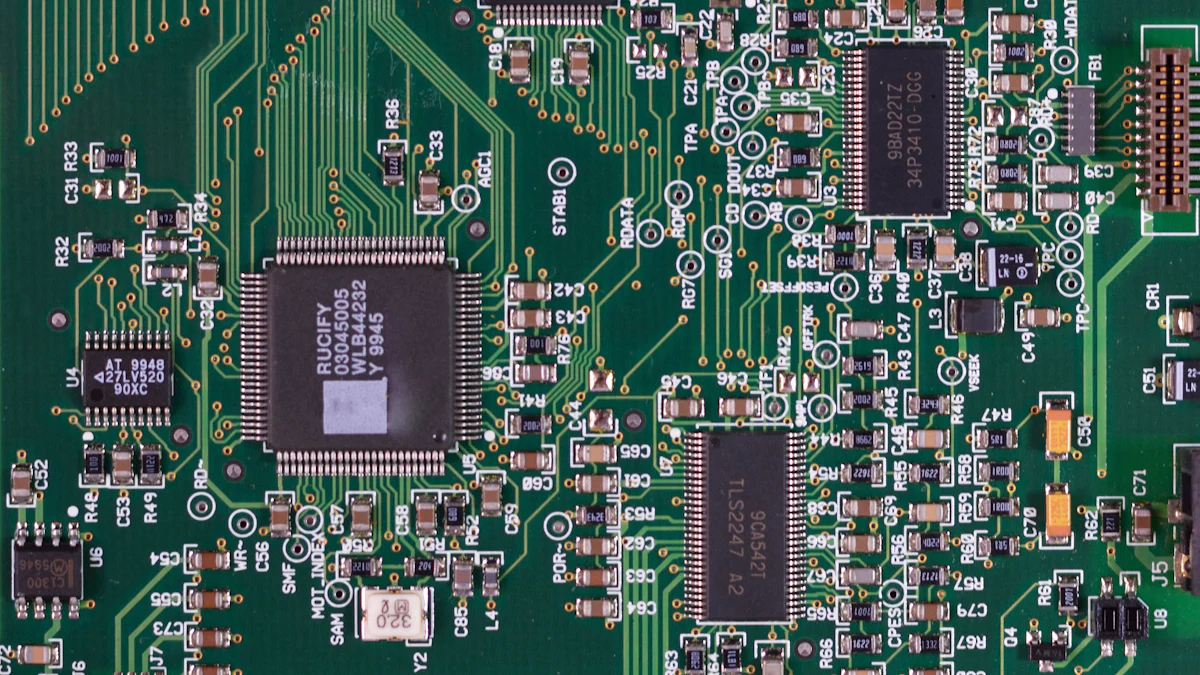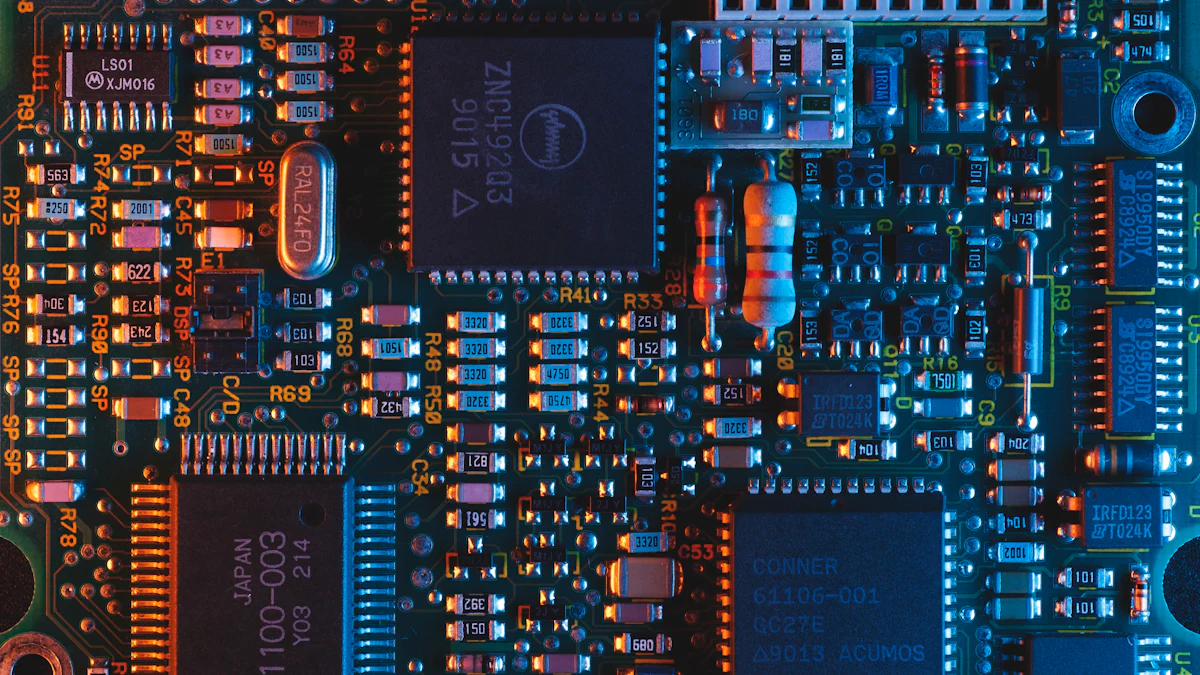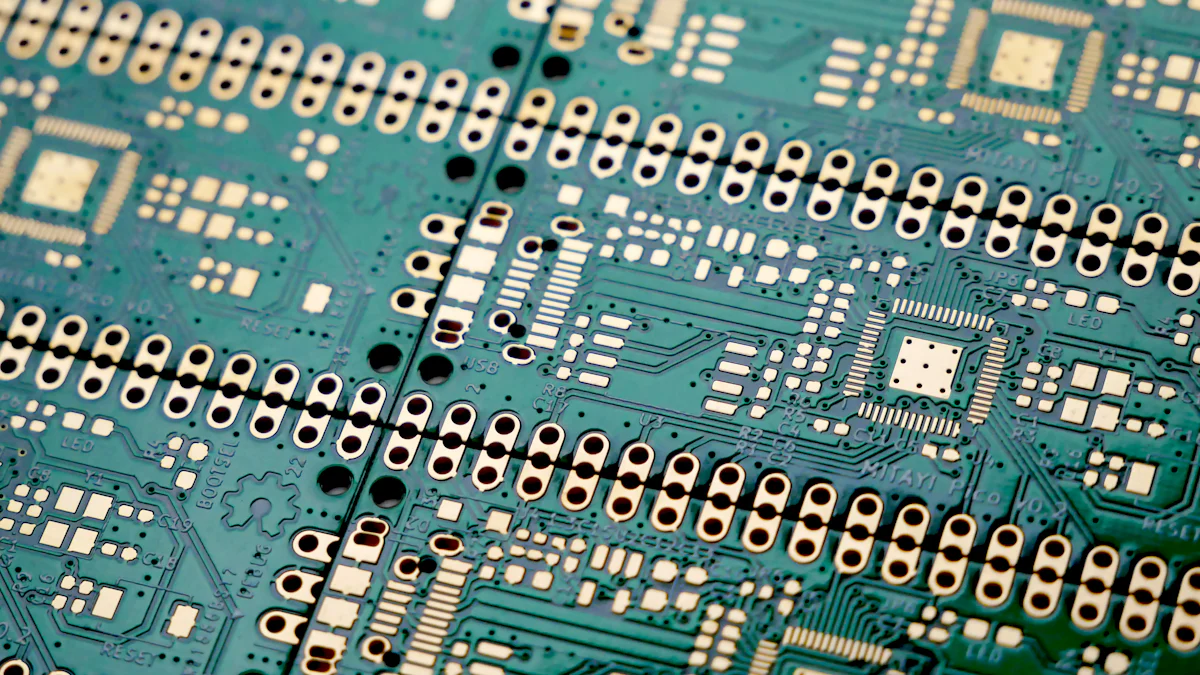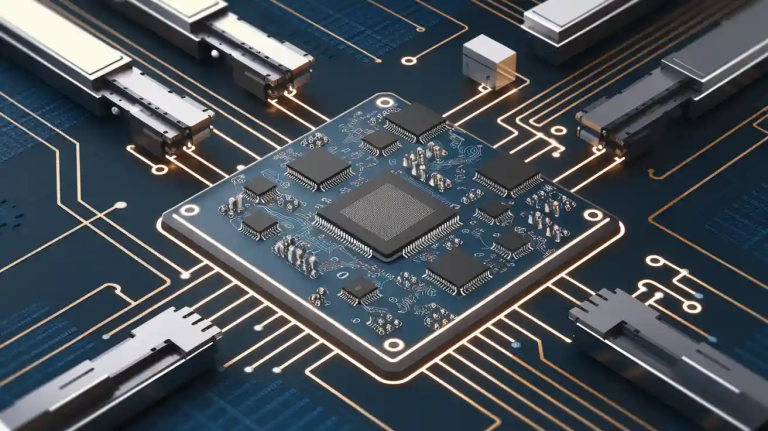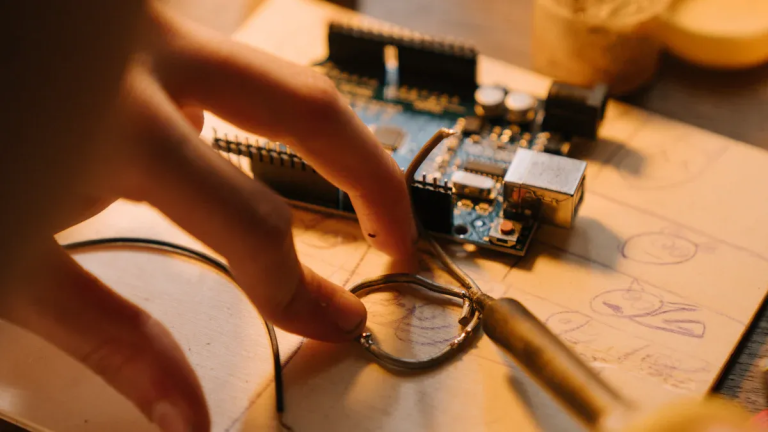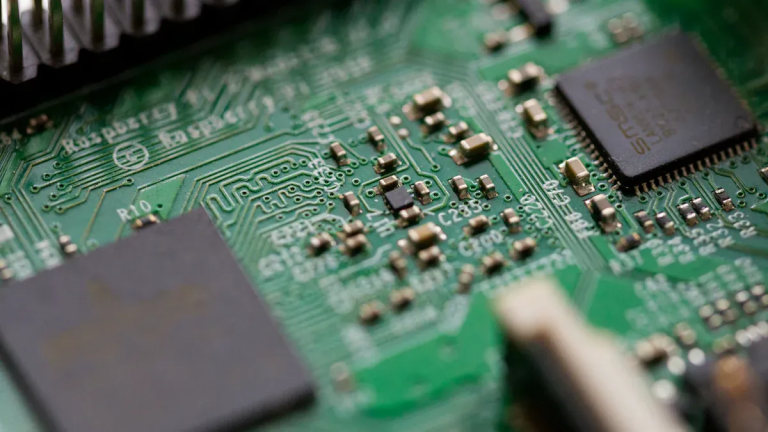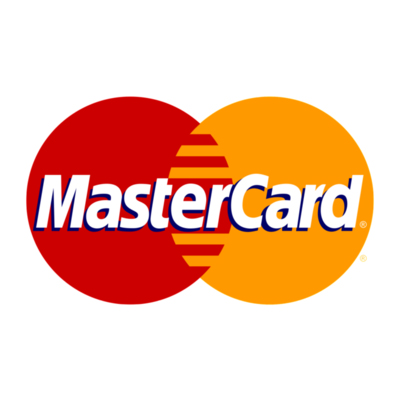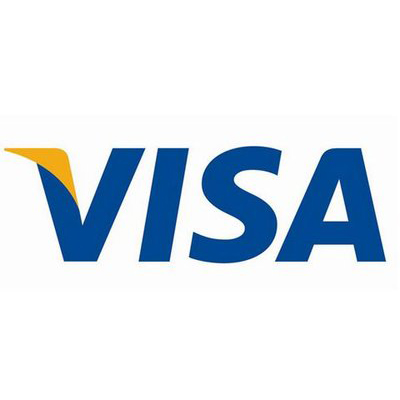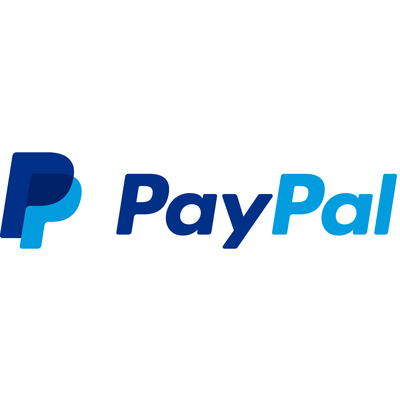Finding a reliable and cost-effective pcb prototyp board can feel overwhelming. You need to balance quality and price while avoiding costly mistakes. Many overlook critical factors like layout tools, component placement, or heating issues, which can lead to delays or failures. By making informed choices, you ensure your pcb prototype meets your needs without breaking the bank.
Key Takeaways
- Focus on good quality PCB prototypes to avoid mistakes and save time. Better boards help with quicker testing and improvements.
- Check for important certifications like ISO and RoHS when choosing a maker. These show they follow quality rules.
- Make your PCB design simple to cut costs. Less complex designs can still be good and dependable.
Ensuring Quality in PCB Prototype Boards
Why quality is critical for PCB prototypes
When it comes to prototype printed circuit boards, quality plays a pivotal role in ensuring success. High-quality printed circuit boards accelerate product development by enabling you to test and refine your designs quickly. Faster iterations allow you to identify flaws early, saving time and money. By resolving design issues during the prototype stage, you reduce the risk of costly errors in large-scale production. This approach also minimizes the chances of recalls, ensuring a smoother transition to manufacturing. Exceptional quality in your PCB prototypes not only speeds up time-to-market but also enhances the reliability of your final product.
Key certifications to look for (e.g., ISO, RoHS compliance)
Certifications are essential indicators of a manufacturer’s commitment to quality and compliance. When evaluating printed circuit board assembly providers, look for these key certifications:
| Certification | Description |
|---|---|
| RoHS | Ensures the absence of hazardous substances in electronic equipment. |
| ISO 9001 | Focuses on improving product and service quality through robust management systems. |
| ISO 17025 | Verifies the competence of testing and calibration laboratories. |
| EN13980 | Ensures quality systems for potentially explosive environments. |
These certifications demonstrate that the manufacturer adheres to international standards, ensuring exceptional quality in every PCB prototyp board they produce.
How to verify the quality of a PCB prototype board
Verifying the quality of a prototype printed circuit board is crucial before moving to production. You can use several methods to ensure reliability:
- Flying Probe Test: Checks for electrical connectivity and signal integrity.
- Functional Test: Confirms the PCB operates as intended.
- Solderability Test: Evaluates the strength and reliability of solder joints.
- Contamination Testing: Detects residues that could impact performance.
- Micro-Sectioning Analysis: Examines the internal structure for defects.
- Stress Test: Assesses the PCB’s durability under extreme conditions.
By employing these techniques, you can confidently ensure your printed circuit board assembly meets the highest standards of quality and reliability.
Evaluating PCB Manufacturer Capabilities
Assessing the manufacturer’s technical expertise
A reliable pcb manufacturer must demonstrate strong technical expertise to ensure your project’s success. You should establish clear communication with the manufacturer from the start. Share detailed specifications, including Gerber files, Bill of Materials (BOM), and assembly files. These documents help the manufacturer understand your requirements and avoid errors.
Collaborating with the manufacturer throughout the production process is equally important. Their ability to apply design for manufacturability (DFM) principles can optimize your pcb design for cost and efficiency. Before moving to mass production, ensure they test and validate the pcb thoroughly. This proactive approach minimizes risks and ensures a smooth transition to large-scale manufacturing.
Tip: Choose a pcb manufacturer that prioritizes transparency and offers guidance during the design and production stages.
Understanding materials like FR-4 and their impact on quality
The material used in your pcb significantly affects its performance and durability. FR-4, a popular choice, offers excellent strength and reliability. It is cost-effective, making it ideal for prototypes. Additionally, FR-4 boards are water-resistant and provide excellent insulation between copper layers, reducing interference and ensuring signal integrity.
However, FR-4 may not suit high-frequency designs or harsh environments. For applications requiring superior signal integrity or extreme durability, you might need to explore alternative materials. Understanding the limitations of FR-4 helps you make informed decisions and select the right material for your pcb.
Note: Discuss your project’s specific needs with the manufacturer to determine if FR-4 is the best option.
Checking for advanced testing and inspection methods
Advanced testing and inspection methods are critical for ensuring the quality of your pcb. A dependable pcb manufacturer should offer a range of testing options, such as:
- Automated Optical Inspection (AOI): Detects defects in soldering and component placement.
- Flying Probe Testing: Verifies electrical connectivity and circuit integrity.
- PCB X-Ray Testing: Identifies hidden defects like voids in solder joints.
- Functional Testing: Confirms the pcb performs as intended.
- Hi Potential Testing (Hi Pot): Ensures the board can handle high voltages without failure.
These methods ensure your pcb meets the highest standards of quality and reliability. Always verify that the manufacturer employs these advanced techniques to avoid costly issues later.
Pro Tip: Ask the manufacturer for a detailed report of the testing procedures they use to guarantee quality.
Balancing Cost and Pricing Transparency
Why the cheapest option isn’t always the best
Choosing the cheapest pcb prototyp board may seem like a smart way to save money, but it often leads to hidden costs. Low-cost printed circuit boards can compromise quality, resulting in unreliable performance or even complete failure. Poor-quality materials, inadequate testing, and subpar manufacturing processes can cause delays and additional expenses. You might end up spending more on repairs, replacements, or redesigns than you initially saved.
Instead of focusing solely on price, consider the overall value. A reliable pcb manufacturer ensures your board meets high-quality standards, reducing the risk of costly errors. Investing in affordable pcb assembly with proven quality can save you time and money in the long run.
Identifying cost drivers in PCB manufacturing
Understanding what drives the cost of a pcb helps you make informed decisions. Key factors include:
- Size: Larger boards require more materials, increasing costs.
- Materials: Special substrates like RO4350B are pricier than standard options like FR-4.
- Layer Count: More layers add complexity and raise costs.
- Circuit Complexity: Advanced designs demand sophisticated processes.
- Trace Width and Spacing: Finer traces require precise equipment, increasing production time.
- Copper Thickness: Thicker copper adds material and processing expenses.
- Surface Treatment: Different finishes impact pricing.
- Hidden Costs: Prototyping, assembly, testing, and logistics contribute to the total cost.
By identifying these factors, you can work with your pcb manufacturer to optimize your design and control expenses.
Tips for balancing affordability and performance
Balancing affordability and performance requires strategic planning. Start by optimizing your design for manufacturability. Simplify your pcb layout to reduce complexity and costs. Use standard materials like FR-4, which offer a good balance of cost and quality. Avoid intricate shapes that increase manufacturing expenses.
You can also save by sourcing directly from the factory, eliminating intermediary costs. Collaborate with your manufacturer to streamline production processes and select components that deliver the best value. These steps ensure you get a high-performing pcb without exceeding your budget.
Pro Tip: Always prioritize cost and pricing transparency when working with a manufacturer. Clear communication helps you avoid unexpected expenses and ensures you stay within budget.
Reducing Costs Without Compromising Reliability
Simplifying PCB design to lower manufacturing costs
Simplifying your PCB design is one of the most effective ways to reduce manufacturing costs without sacrificing quality. By making strategic adjustments, you can streamline production and save money.
- Reduce the layer count to simplify the design and lower costs.
- Optimize component placement to minimize routing complexity and avoid additional layers.
- Standardize components to decrease purchase costs and shorten lead times.
- Use standard materials like FR-4, which balance cost and quality effectively.
- Right-size your PCB to avoid wasting materials.
- Incorporate test points to simplify testing and reduce rework.
- Consider panelization to minimize material waste and improve cost efficiency.
These steps not only make your design more cost-effective but also ensure your PCB maintains high quality and reliability.
Tip: Collaborate with your PCB manufacturer early in the design process to identify cost-saving opportunities.
Ordering in bulk or using standard sizes
Ordering PCB prototype boards in bulk can significantly reduce costs. Low-volume orders often have higher per-unit costs due to fixed setup expenses. By increasing your order quantity, you spread these costs across more units, lowering the cost per board.
Using standard sizes also helps. Manufacturers can efficiently arrange standard-sized boards on production panels, reducing material waste. This approach not only saves money but also speeds up production. Additionally, having multiple prototypes allows you to test thoroughly, preventing costly design revisions later.
Pro Tip: Discuss bulk pricing options with your PCB manufacturer to maximize savings.
Leveraging discounts and promotions from suppliers
Many PCB suppliers offer discounts and promotions that can help you save money. For example:
| Discount Type | Description |
|---|---|
| First-Time Order Discount | Up to $500 off your first turnkey PCBA order with coupon FOPCBA. |
| Referral Program | Both the referrer and the referred friend receive $50 off their next PCB order upon successful order placement. |
Take advantage of these offers to reduce costs on your PCB prototype boards. Always check with your supplier for ongoing promotions or loyalty programs that reward repeat customers.
Note: Keep an eye out for seasonal discounts or special deals from your PCB manufacturer to further cut costs.
Choosing the Right PCB Manufacturer
Researching supplier reputation and reviews
Selecting the right pcb manufacturer starts with evaluating their reputation. A strong reputation reflects consistent quality and reliability. Begin by checking customer testimonials to understand how well the manufacturer meets expectations. Look for case studies that showcase their ability to handle complex projects. Platforms like Trustpilot and Google Reviews provide unbiased insights into customer satisfaction.
Industry ratings also play a crucial role. They highlight the manufacturer’s standing compared to competitors. Prioritize manufacturers with extensive experience and a proven track record. Experience directly impacts the quality of your pcb prototyp board and ensures smoother collaboration. By focusing on these factors, you can confidently choose a supplier with a solid reputation.
Comparing quotes and ensuring cost and pricing transparency
Comparing quotes from multiple suppliers helps you identify the best value for your investment. While the lowest price may seem appealing, it often sacrifices quality. Transparent pricing is essential. Ensure the quote includes all costs, such as prototyping, assembly, and testing, to avoid hidden fees.
Request detailed quotes to evaluate pricing structures and services. This practice not only reveals discrepancies but also helps you understand lead times and quality assurances. By comparing quotes, you gain a comprehensive view of market rates and make informed decisions that balance cost and quality effectively.
Ensuring the supplier offers customization and scalability
A pcb manufacturer that offers customization and scalability provides significant advantages. Customizable materials, such as specialty substrates, allow you to meet specific project needs. Manufacturers capable of handling intricate designs ensure high precision and quality. Additional services, like surface treatments, enhance the functionality and durability of your pcb.
Scalability is equally important. Whether you need a low-cost printed circuit board for a prototype or large-scale production, the manufacturer should deliver consistent quality. Flexible prototyping support also allows you to refine designs before full production. Choosing a supplier with these capabilities ensures your project’s success, regardless of its complexity or size.
Ensuring Timely Delivery and Customer Support
Importance of fast turnaround times for prototypes
Fast turnaround times are essential when working on PCB prototypes. You need quick results to test your designs and move forward with production. A reliable PCB manufacturer can deliver prototypes in as little as 3-5 days for standard orders. For small batches, you might expect delivery within 7-8 days. These timelines allow you to identify and fix issues early, saving both time and cost in the long run.
Delivery times often depend on the complexity of your PCB design. Boards with multiple layers or intricate layouts may take longer. However, an experienced manufacturer ensures competitive lead times without compromising quality. By choosing a supplier with a proven track record, you can keep your project on schedule and avoid unnecessary delays.
Evaluating the supplier’s communication and support
Strong communication and customer service are critical when selecting a PCB manufacturer. You need a supplier who responds quickly to your inquiries and provides clear updates throughout the process. Look for manufacturers that offer multiple channels of communication, such as email, phone, or live chat. This ensures you can reach them whenever you need assistance.
A good manufacturer also provides proactive support. They should guide you through the design and production stages, helping you avoid costly mistakes. Transparent communication builds trust and ensures you stay informed about your order’s progress. By prioritizing customer service, you can establish a smooth working relationship and achieve better results.
How to handle issues with delays or defective boards
Delays or defective boards can disrupt your project, but you can minimize their impact with the right approach. Start by choosing a PCB manufacturer with a robust quality control process. This reduces the likelihood of errors and ensures reliable delivery. If issues arise, effective communication becomes crucial. Contact the supplier immediately and provide detailed information about the problem.
Many manufacturers offer warranties or guarantees for their products. Take advantage of these policies to resolve issues without additional cost. A supplier with excellent customer service will work with you to find a solution quickly. By addressing problems promptly, you can keep your project on track and maintain confidence in your manufacturer.
Prioritizing quality and affordability in PCB prototype boards delivers long-term benefits. You reduce production costs, improve reliability, and enhance customer satisfaction. Carefully evaluate factors like quality standards, experience, and customer service when selecting a manufacturer. Partnering with a trusted PCB manufacturer ensures smoother prototyping and sets the foundation for successful production.
FAQ
1. How do I choose the best PCB manufacturer for my project?
Focus on reputation, certifications, and customer reviews. Ensure they offer customization, scalability, and transparent pricing. A reliable manufacturer guarantees quality and timely delivery.
Tip: Always request samples to evaluate their quality before committing to large orders.
2. Can I reduce costs without sacrificing PCB quality?
Yes! Simplify your design, use standard materials like FR-4, and order in bulk. Collaborate with your manufacturer to identify cost-saving opportunities without compromising performance.
Pro Tip: Look for suppliers offering discounts or promotions to maximize savings.
3. What should I do if my PCB prototype has defects?
Contact your manufacturer immediately. Provide detailed feedback about the issue. Most reputable suppliers offer warranties or guarantees to resolve defects at no extra cost.
Note: Choose a manufacturer with strong customer support to handle such situations efficiently.


